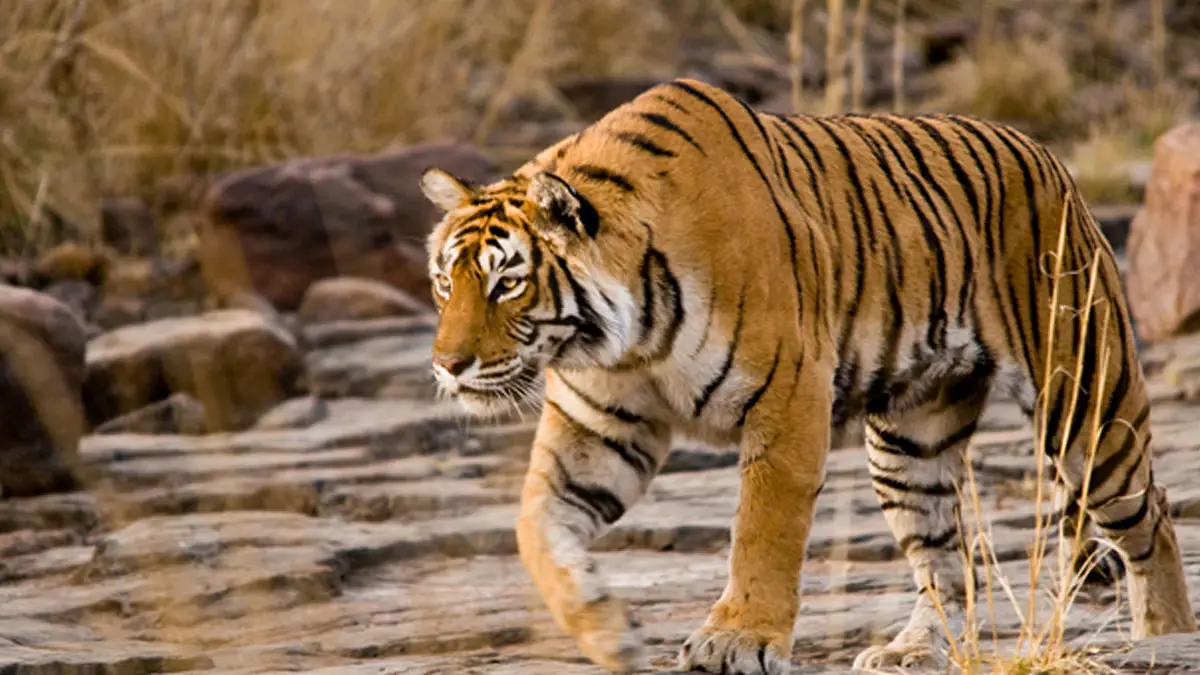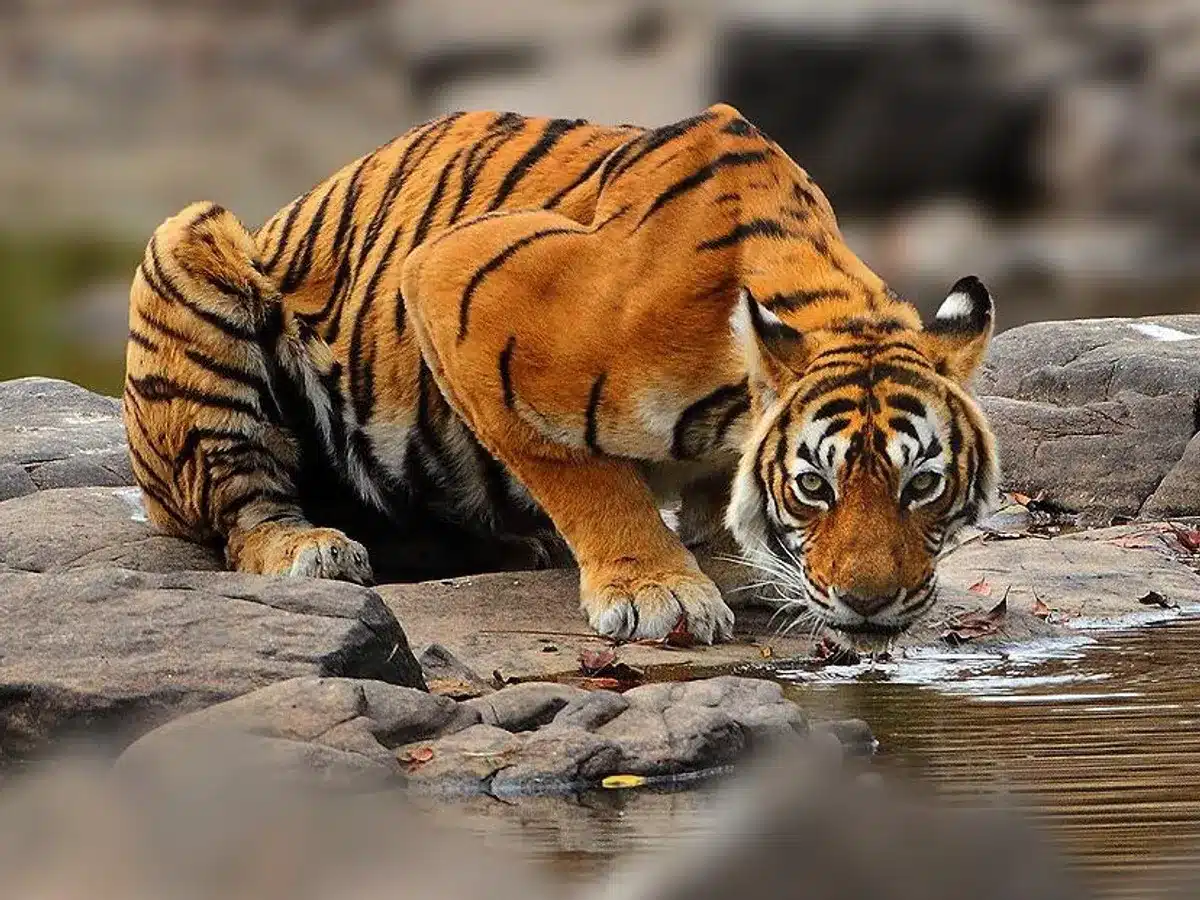As an Indian wildlife conservationist, it fills me with pride to witness the remarkable success of India’s efforts in safeguarding the Bengal tiger. India is home to over 70% of the world’s tiger population, making it a critical sanctuary for this majestic species. The Bengal tiger holds a special place in the country’s cultural and natural heritage, yet its survival has been far from guaranteed. Once numbering as few as 1,800 individuals in the 1970s, India’s tiger population faced a grave threat from poaching and habitat destruction. However, through consistent conservation actions, India has seen a remarkable recovery. The implementation of Project Tiger in 1973 laid the foundation for these successes. This ambitious initiative has resulted in the establishment of more than 50 tiger reserves across India, safeguarding over 71,000 square kilometers of tiger habitat. As of 2018, India’s tiger population has risen to nearly 2,967, a significant rebound from the 1,411 recorded in 2006.
Sariska Tiger Reserve: A Remarkable Comeback

The Sariska Tiger Reserve in Rajasthan offers one of the most inspiring stories of tiger conservation in India. In the early 2000s, poaching had eradicated all tigers from this reserve. However, through a concerted effort by the Indian government and local conservation groups, tigers from other reserves were relocated to Sariska. By 2008, the first tiger sighting in over four years marked a new chapter for the reserve. Today, Sariska is home to a thriving tiger population and stands as a beacon of hope for similar conservation initiatives across the country.
Panna Tiger Reserve: A Model of Restoration

The Panna Tiger Reserve in Madhya Pradesh faced a devastating loss when poaching wiped out all of its tigers by 2009. Undeterred, the reserve launched an aggressive program to relocate tigers from other areas, fostering the creation of a new, healthy population. Today, Panna is thriving with over 50 tigers, making it one of India’s most successful examples of tiger conservation and restoration.
Key Strategies for Successful Conservation
India’s achievements in tiger conservation can be attributed to several key strategies that have been implemented across various reserves, such as Ranthambore, Panna, and Sariska. These measures include robust anti-poaching operations, habitat restoration projects, community involvement, and public education campaigns, all working in tandem to secure a future for these majestic animals.
Combating Poaching

Poaching remains one of the greatest threats to tiger populations in India. To address this, reserves like Ranthambore have significantly ramped up anti-poaching efforts. Forest rangers conduct regular patrols, and technologies like camera traps and trained dogs are used to detect poachers. A specialized task force is also dedicated to investigating and prosecuting poaching crimes, ensuring strict penalties for violators.
Restoring Habitats
The loss of habitat is another pressing concern for tiger conservation. Tiger reserves in India have implemented extensive habitat restoration programs, including reforestation efforts, water conservation initiatives, and land rehabilitation projects. These strategies have not only improved living conditions for tigers but also contributed to the overall health of the ecosystem.
Engaging Local Communities
Across India, tiger reserves have established programs to engage nearby communities, offering education, employment opportunities, and incentives for wildlife protection. By fostering a sense of shared responsibility, these efforts have helped mitigate human-tiger conflicts and built local support for conservation initiatives.
Raising Public Awareness

Public awareness is another critical aspect of tiger conservation. India has launched various initiatives, such as wildlife tours, documentaries, and social media campaigns, to educate people about the importance of protecting tigers. These efforts have generated widespread support and increased public recognition of the need to conserve these iconic animals.
The Path Forward
As wildlife conservationists, our mission is far from over. Continued support for these conservation initiatives, along with raising awareness and advocating for stronger protections, is essential to ensuring the Bengal tiger’s survival. By choosing to engage in wildlife tourism and supporting sustainable safari tours, we contribute to the preservation of these magnificent animals and their habitats.
The Remarkable Features of Bengal Tiger Fur
The fur of the Bengal tiger is not just a beautiful coat; it’s an adaptation to its environment. The distinctive orange hue with black stripes provides camouflage in the dense jungles and grasslands of India. Each tiger’s stripe pattern is unique, much like a human fingerprint, making them easily identifiable.
Top Predators of Indian Wildlife
India’s wildlife is home to a diverse array of predators. Among them, the Bengal tiger stands at the top, exerting influence over its environment. However, it shares its space with other formidable hunters, each playing a critical role in maintaining the balance of India’s ecosystems. These predators, including leopards, wolves, and wild dogs, ensure that the food chain remains intact.

